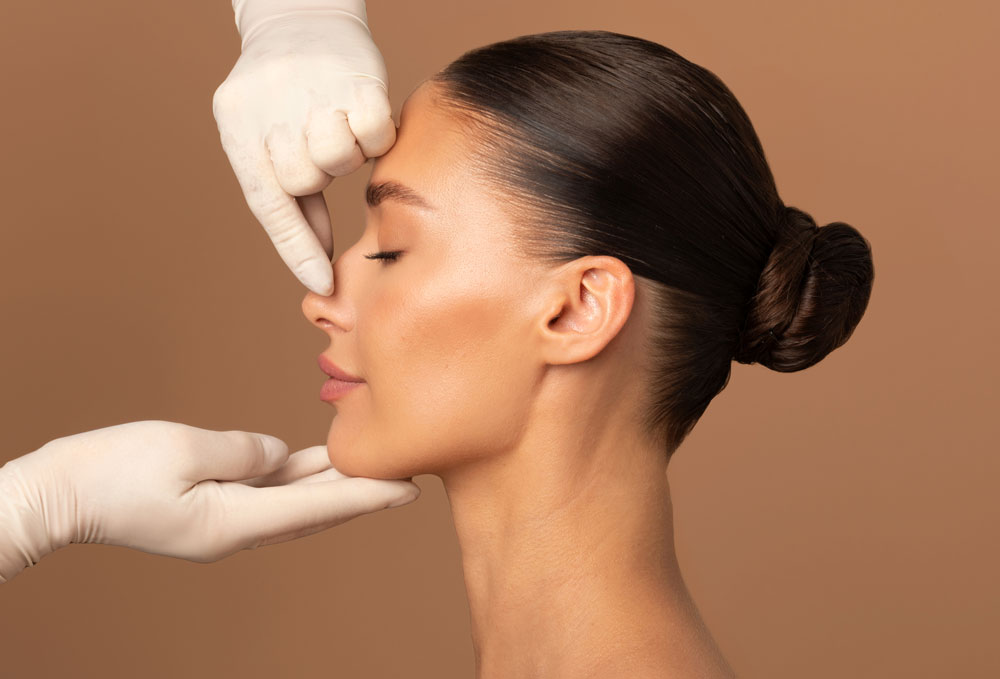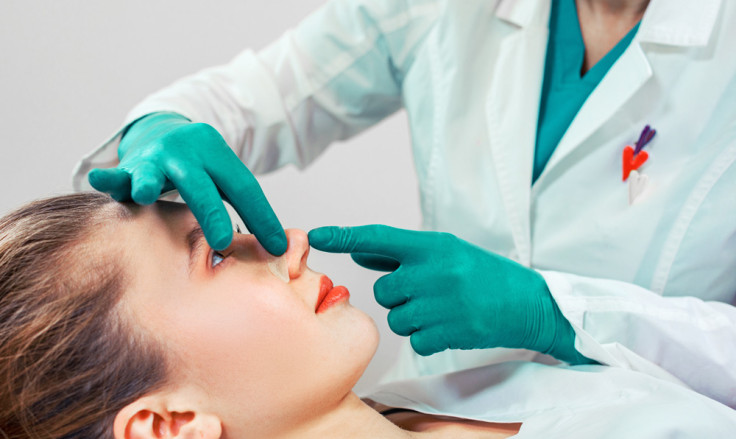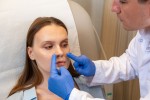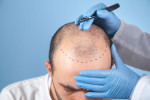Introduction
Facial surgery can serve both medical and aesthetic purposes. Two of the most commonly discussed procedures are deviated septum surgery and rhinoplasty. Although they both involve the nose, their goals and outcomes differ significantly. Understanding how these treatments vary helps patients choose the one that best fits their needs.
While deviated septum surgery focuses on correcting breathing issues, rhinoplasty aims to reshape the nose. Sometimes, both are performed together to achieve functional and aesthetic harmony. This article explores their differences in detail, highlighting procedure, purpose, recovery, and results.
What Is Deviated Septum Surgery?
Deviated septum surgery, known as septoplasty, is a procedure designed to straighten the nasal septum. The septum is the cartilage and bone structure that separates the nostrils. When it becomes crooked or displaced, it can restrict airflow and cause breathing difficulties.
During deviated septum surgery, the surgeon repositions or removes parts of the septum to open the nasal passages. The operation is usually performed under local or general anaesthesia and takes about one hour. Incisions are made inside the nostrils, leaving no visible scars.
The main goal of deviated septum surgery is to restore clear airflow. Also to reduce congestion, and improve overall breathing function. Patients often notice better sleep and fewer sinus infections after recovery.
What Is Rhinoplasty?
Rhinoplasty focuses on changing the external shape or size of the nose. It can refine nasal symmetry, correct bumps, or adjust proportions to better suit facial features.
Unlike deviated septum surgery, rhinoplasty primarily addresses appearance rather than function. However, it may also help improve breathing if structural corrections are made during the procedure.
Surgeons perform two main types of rhinoplasty: open and closed. Open rhinoplasty involves a small incision between the nostrils for better visibility. While closed rhinoplasty is done entirely through internal incisions. Both techniques aim to create a balanced, natural look that complements the patient’s face.
The Key Differences Between Deviated Septum Surgery and Rhinoplasty
Although they can be performed together, deviated septum surgery and rhinoplasty have distinct purposes. The first targets internal function, while the second focuses on external aesthetics.
- Purpose: Deviated septum surgery improves airflow and relieves nasal obstruction. Rhinoplasty enhances the nose’s appearance.
- Procedure: Septoplasty works on cartilage and bone within the nasal passages, while rhinoplasty reshapes the outer structure.
- Recovery: Both require short recovery periods, but functional healing after septoplasty is typically faster.
- Results: Deviated septum surgery improves breathing; rhinoplasty enhances facial harmony.
Understanding these contrasts allows patients to set realistic expectations and make informed choices.

When Both Procedures Are Performed Together
Many patients choose to combine deviated septum surgery with rhinoplasty in a single operation. This approach, known as septorhinoplasty, corrects both breathing difficulties and cosmetic concerns simultaneously.
Combining the two saves time, minimises anaesthesia exposure, and provides balanced results. Patients can enjoy both improved airflow and an enhanced facial profile without needing separate procedures.
This dual approach is especially beneficial for those who want to address nasal deformities caused by injury or genetics. By treating internal and external structures together, surgeons achieve comprehensive and long-lasting results.
Benefits of Deviated Septum Surgery
The primary advantage of deviated septum surgery is improved breathing. Patients often find they sleep better, experience fewer sinus issues, and feel more energised. Other benefits include:
- Reduced nasal congestion and snoring
- Improved airflow through both nostrils
- Relief from headaches caused by sinus pressure
- Enhanced quality of life and daily comfort
Because the incisions are internal, recovery is discreet and straightforward. Most patients return to normal activities within a week.
Conclusion
Although deviated septum surgery and rhinoplasty both involve the nose, their purposes differ greatly. One focuses on restoring airflow, while the other reshapes the nose for balance and beauty. When combined, they create both functional and aesthetic harmony.
Whether you’re seeking better breathing or refined appearance, discussing both options with a qualified surgeon ensures an approach tailored to your needs.
For more information and to book a consultation visit the ACIBADEM Beauty Center webpage.
Frequently Asked Questions
Yes, many patients combine the two for both functional and aesthetic benefits.
It typically lasts around one hour and requires minimal recovery time.
It can, especially if structural corrections are included in the reshaping process.
Yes, the correction is long-lasting, and breathing usually remains improved.
Rhinoplasty is generally more costly due to its cosmetic nature and complexity.














